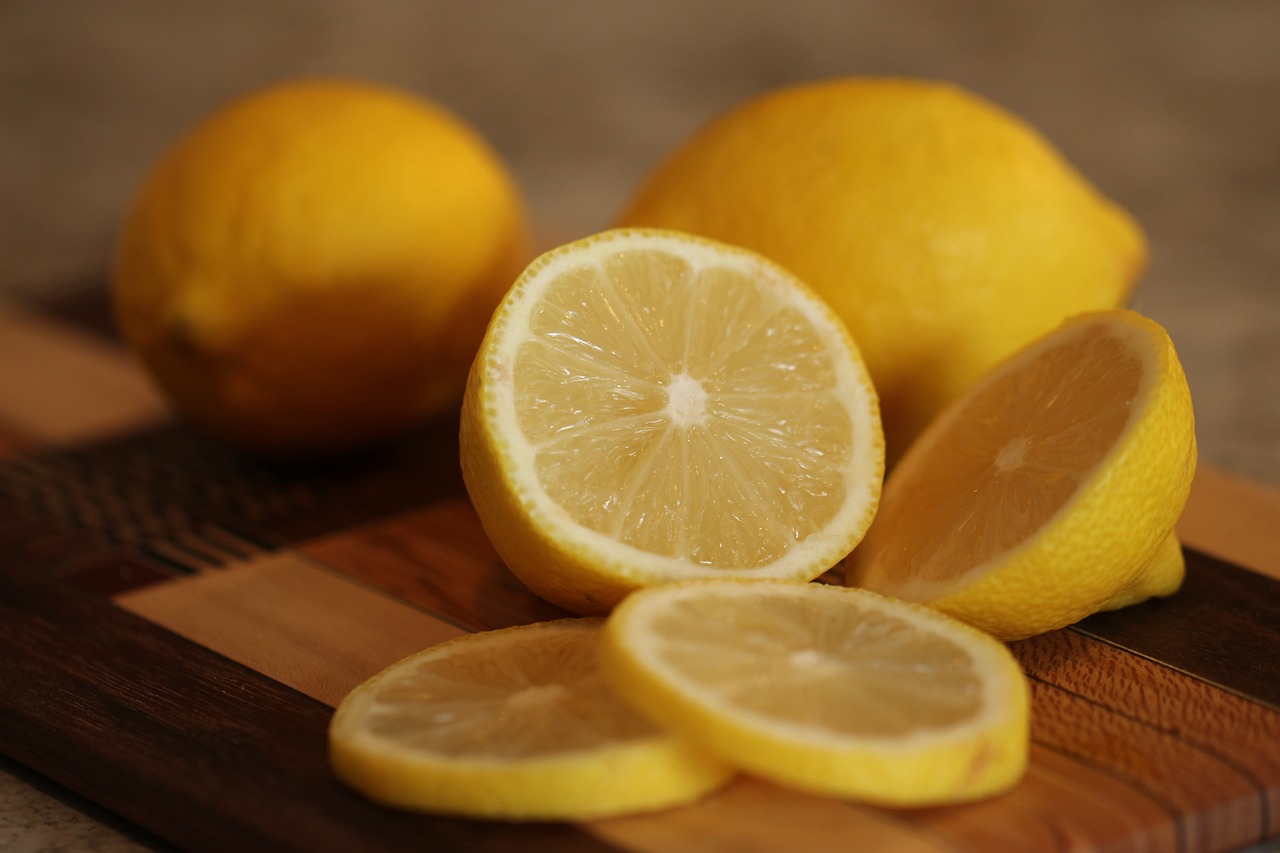Urban Foraging: Finding Food in Unexpected Places
Urban foraging refers to the act of gathering wild edible plants, fruits, and herbs from the urban environment. This activity involves identifying and collecting edible items that grow naturally in urban spaces such as parks, abandoned lots, and even sidewalks. In essence, urban foraging is a way to reconnect with nature and the food available in our immediate surroundings.
Unlike traditional farming or gardening, urban foraging does not involve cultivating crops or tending to a designated plot of land. Instead, it focuses on recognizing the abundance of edible plants that often go unnoticed in cities. By foraging in urban areas, individuals can discover a variety of flavors and nutrients while also reducing food waste and reliance on store-bought produce.
Benefits of Urban Foraging
Urban foraging offers numerous benefits to individuals and communities alike. One of the primary advantages is the accessibility of fresh and organic produce right in one’s own neighborhood. By foraging in urban areas, people can harvest fruits, vegetables, and herbs that are free from pesticides and chemicals, promoting a healthier lifestyle and diet.
Furthermore, urban foraging helps to reduce food waste by utilizing overlooked or surplus resources. Instead of letting edible plants go to waste in public spaces, foragers can gather and use them for cooking or preserving. This practice not only minimizes food waste but also fosters a sense of connection to the environment and encourages sustainable consumption habits.
What is urban foraging?
Urban foraging is the act of gathering wild food in urban environments such as parks, abandoned lots, and city streets.
What are the benefits of urban foraging?
Some benefits of urban foraging include access to fresh, organic produce, connecting with nature in an urban setting, reducing food waste, and saving money on grocery bills.





